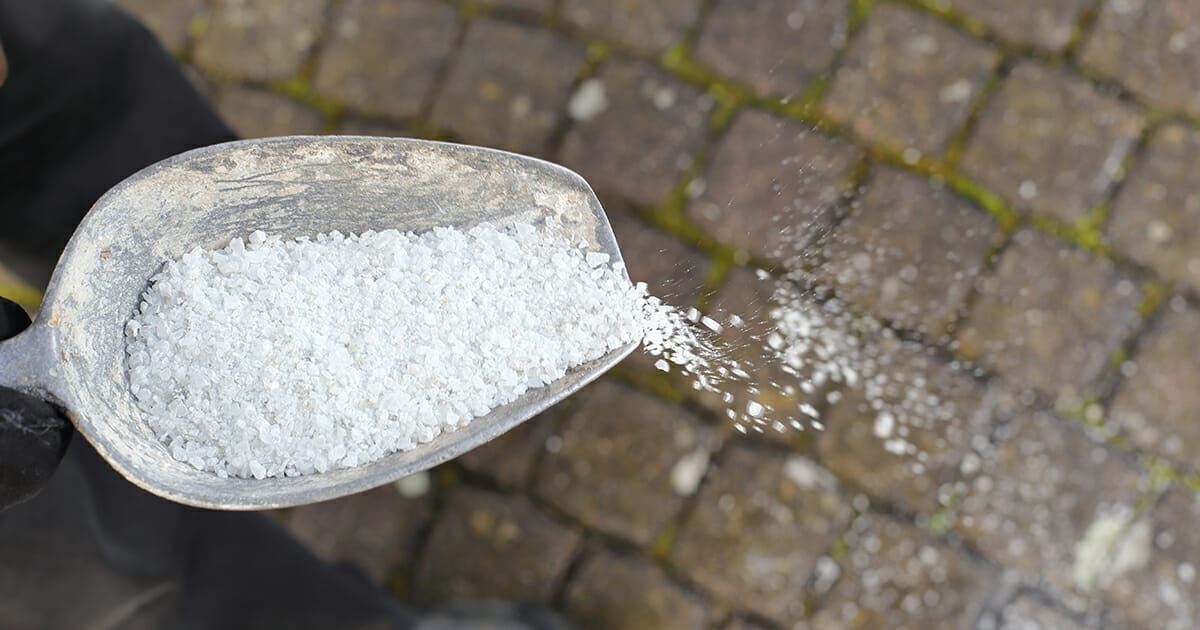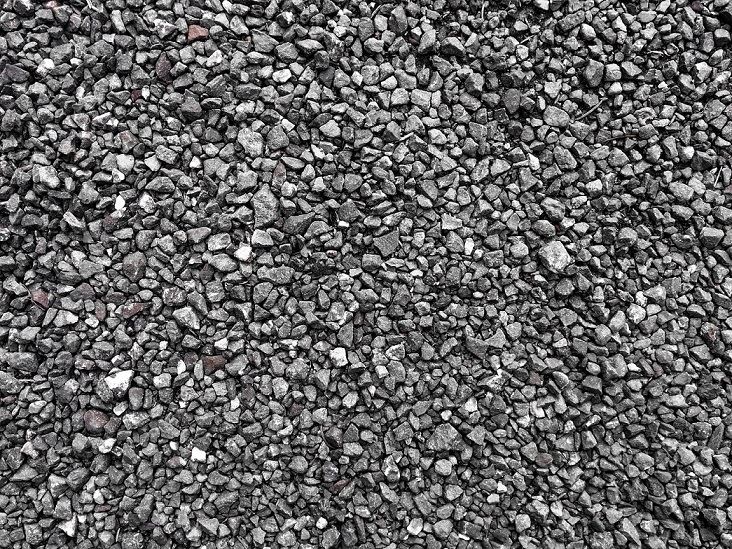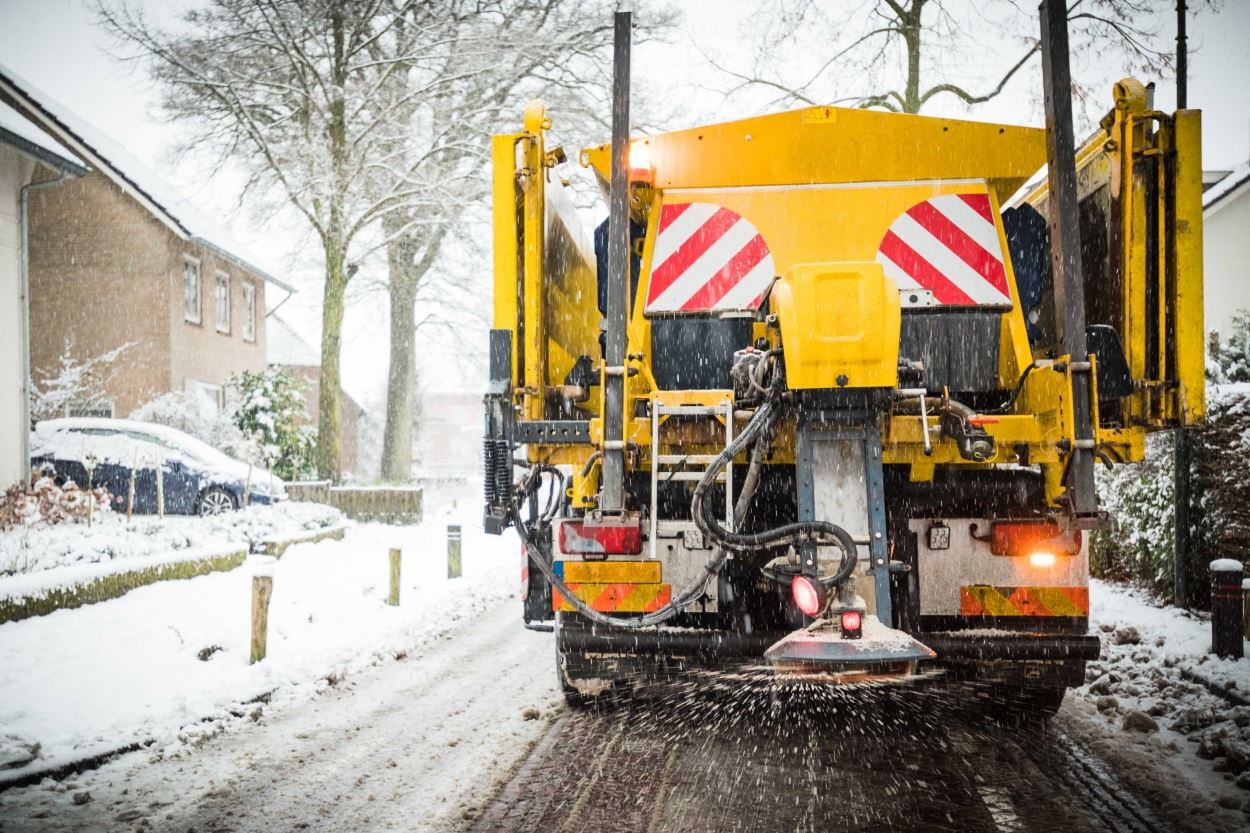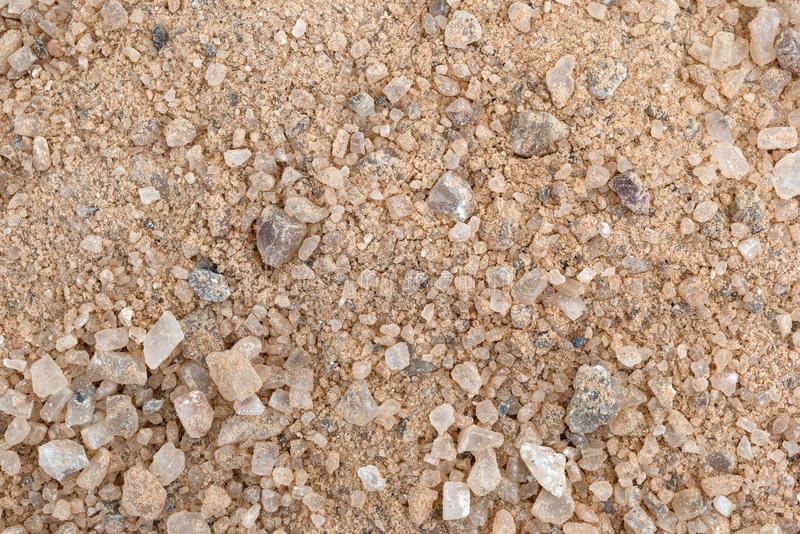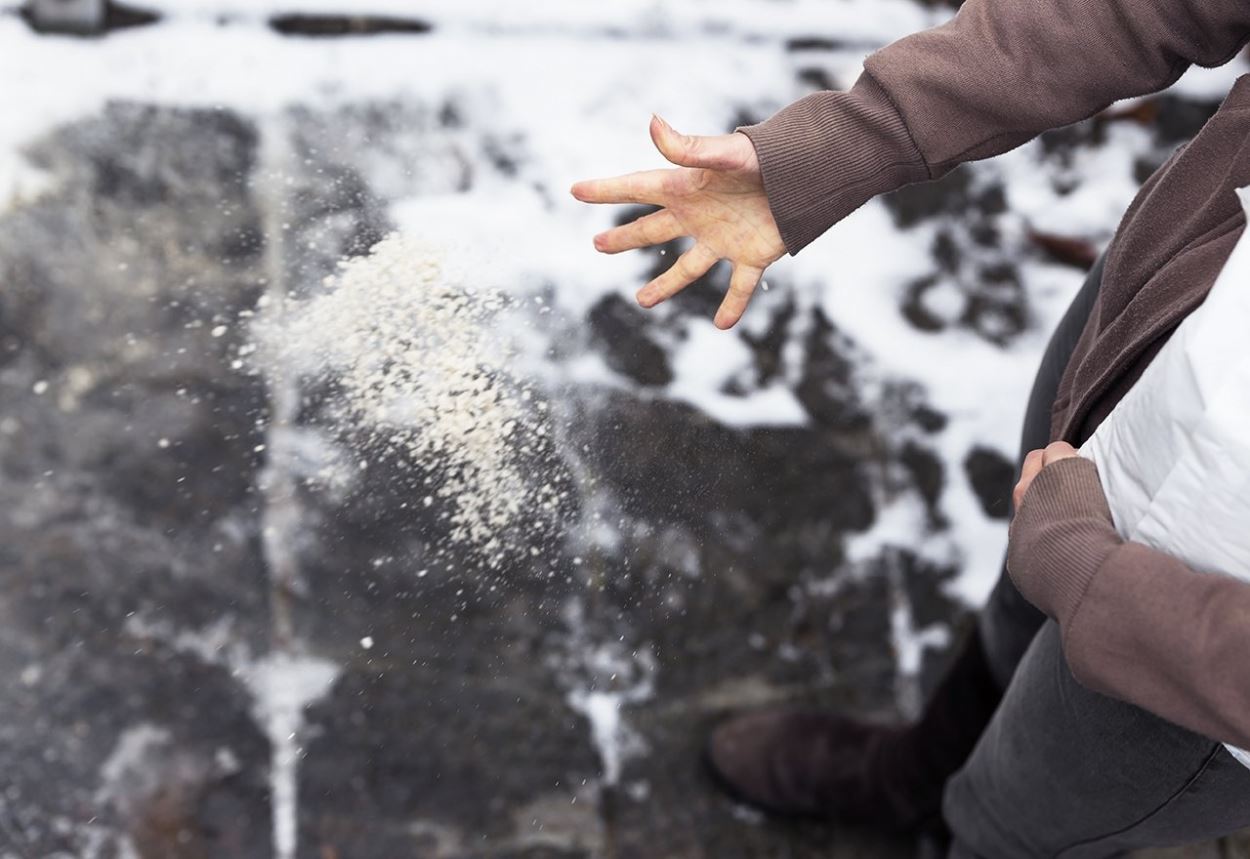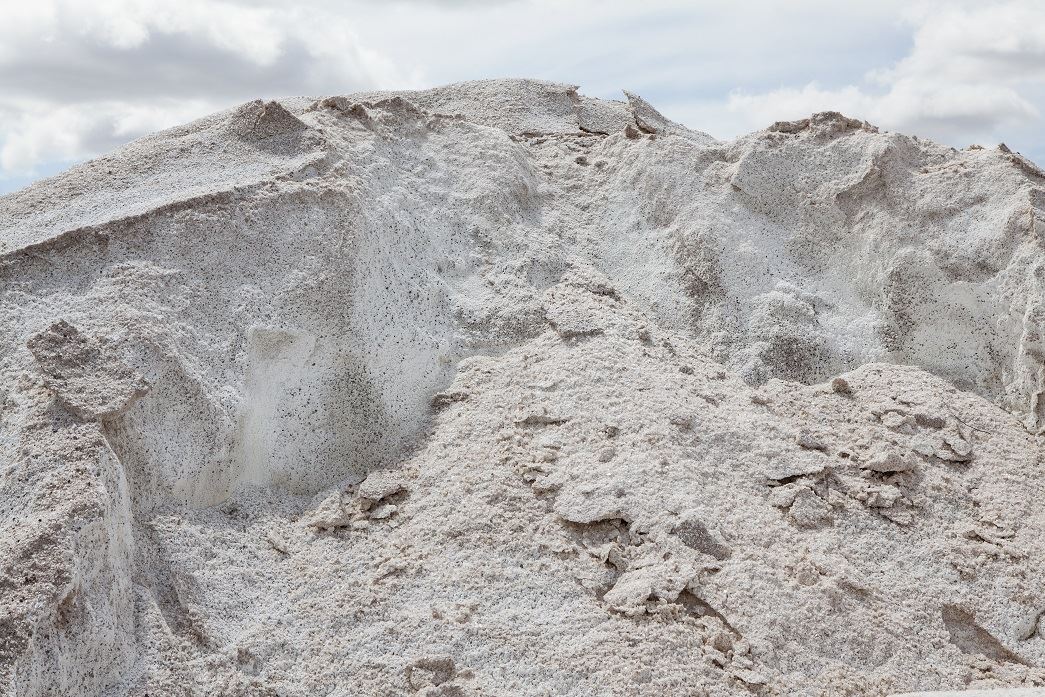10 Rock Salt Alternatives You Should Consider
2020-11-19(31667)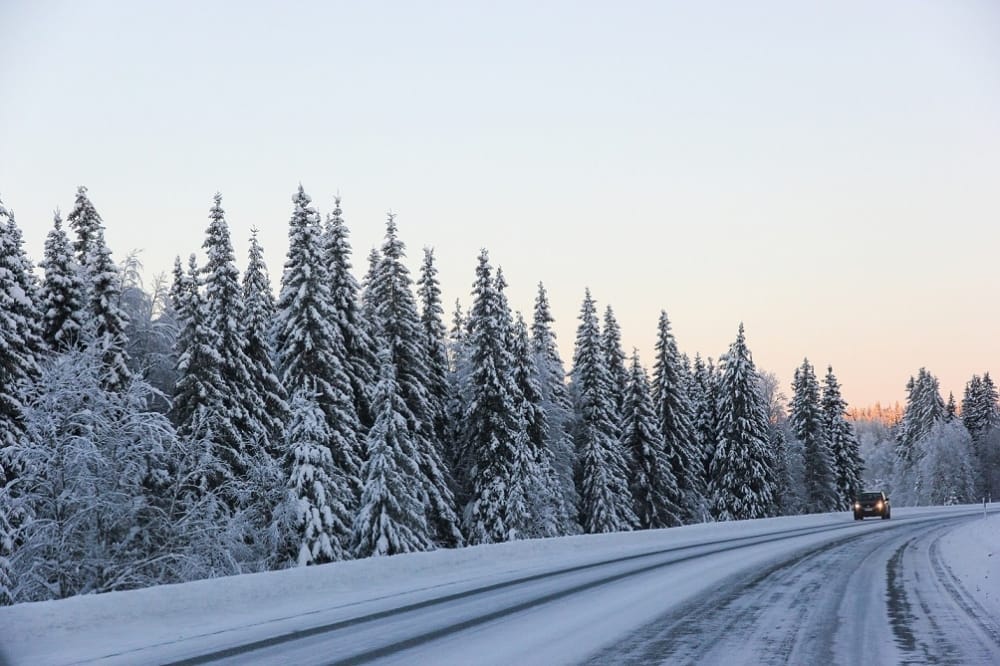
Rock salt alternatives and road salts are what most homeowners, business owners, and states often use as a solution against the effects of cold weather. Frozen and snowy driveways and pavements can prevent daily activities like driving or even walking to work or school.
As ice on steps, driveways, and pavements can be extremely slippery, it may also cause severe injuries and accidents. For reasons as such, most residents rush out to the nearest store to pick up rock salt or salt alternatives for ice. Road salt lowers the freezing point of water and melts the ice while preventing it from forming again.
Rock salt is quite effective in fighting against ice in cold weather conditions, but some people find it harmful for nature, household pets, and hard masonry outdoor surfaces. As Koyuncu Salt, a natural salt producer, we will touch upon 10 rock salt alternatives in today’s article. Feel free to consider and choose which one works best for you.
Rock Salt Alternatives
Each year, millions of tons of rock salt are used for deicing the roads and pavements, but that doesn’t mean that it is your only option. There are many salt alternatives for ice. However, each rock salt alternative has its uses.
It is important to note that some substitutes for salt may not be suitable for every situation. Let’s see the best rock salt alternatives that are efficient in breaking down ice and snow.
How does road salt work? You can read our article, “Are There Different Types of Road Salt?” to find out.
1. Stone Grits
Grit-stone is one of the effective rock salt alternatives. It is an excellent option to improve safety during extreme winter conditions. Stone grits are actually like sand. They don’t help to melt the ice and snow or prevent it from forming. However, stone grits make it easier to walk or drive on icy, slippery surfaces.
Sometimes stores may run out of rock salt. In that case, you can also mix stone grits with decider salt to save road salt for harsher weather conditions.
2. Calcium Chloride
Calcium chloride is another option for rock salt alternatives. This chemical is even more effective than rock salt melting ice and snow during too harsh weather conditions. While rock salt is efficient in the 15º F (-9.44° C) to 20º F (-6.67° C) temperature range, calcium chloride melts ice and snow down to -26º F (-32.22° C). Note that you should store calcium chloride in plastic or metal containers sealed with lids because it can absorb water easily.
Is calcium chloride harmful to the environment? It doesn’t harm the vegetation, but it may leave residue on the driveway. It is because while melting ice, calcium chloride releases too much heat and melts the ice a lot faster than rock salt.
This chemical instantly releases heat upon application and lowers the freezing point. It continues to work for up to 24 hours, depending on the material.
3. Sand
Just like stone grits, sand is an excellent rock salt alternative when creating a safer environment for walking and driving on slick surfaces. Sand is quite affordable and efficient to make it easier to walk and drive without slipping and sliding. However, sand cannot melt ice like rock salt; it only improves traction. It is best to use sand mixed with deicer salt for both melting the ice and safer roads and pavements.
4. Calcium Magnesium Acetate
Calcium magnesium acetate is a powerful anti-icing agent alternative to road salt. This chemical is quite effective against ice formation. Its small granules allow covering larger areas with less amount of the product. It is significant to keep in mind that road deicers can be damaging to pavements just like rock salt while the damage degree varies.
5. Magnesium Chloride
Magnesium chloride is another deicer among rock salt alternatives. You can find it in liquid or granule forms. Magnesium chloride is like calcium chloride; however, it is efficient only down to 1º F (-17.22° C). Additionally, magnesium chloride does not melt ice as fast as calcium chloride, but it is still stronger than rock salt.
6. Koyuncu Deicer Salt
Koyuncu Salt produces eco-friendly deicer salt available as dried salt in varying grain sizes and road salt bulk. It can be used for different purposes such as road maintenance, parking lots, highways, sidewalks, and home uses like garage entrance and garden.
Non-Chemical Deicing Alternatives to Rock Salt
Apart from the rock salt alternatives we suggested above, and there are also non-chemical deicing alternatives to rock salt or road salt. While practically road salt or deicer usage is not suggested to be eliminated entirely, the options below can be adopted to minimize the deicer usage. Below, you can find four different methods to prevent ice formation for pavements and roads.
7. Heated Driveways
Hydronic or electric coil heated driveway systems can be extremely useful and efficient to melt snow and ice, although they can also be quite expensive to install. Note that the existing driveways should be removed to install heated driveways.
8. Mechanical Methods
One of the best practices to prevent snow from building up in front of your house or on the pavement is removing it early by shovel, snow plow, or snow blower before it accumulates. You may also consider hiring someone else for the task.
9. Snow Melting Mats
Using snow melting mats is another option to melt snow and ice. Heated snow melting mats can be effective to prevent snow buildup and ice formation on driveways and entryways.
10. Traction-boosting Agents
The last one of rock salt alternatives we will suggest is using traction-boosting agents. Increasing traction thwarts any accidents or injuries from taking place. You may lay down sand or sawdust on your driveway. It does not melt the ice but boosts the traction. Cat litter or ashes can also be used as traction-boosting agents.
Tips for Using Deicing Products
The rock salt alternatives to melt ice we listed above can be beneficial if chosen and used properly. Keep in mind the tips for using deicing products below for best practices.
● Store road salts and other deicing materials in airtight containers sealed with a lid.
Check out our article, Why and How to Store Salt on Long Term to find out more details on storing salt.
● Treat walkways before the snow falls or ice starts to form.
● Mix salt with sand to use less salt to melt the ice and boost traction with sand.
● Shovel the snow earlier before it turns into ice.
● Choose the right deicing blend according to the climate and weather conditions.




